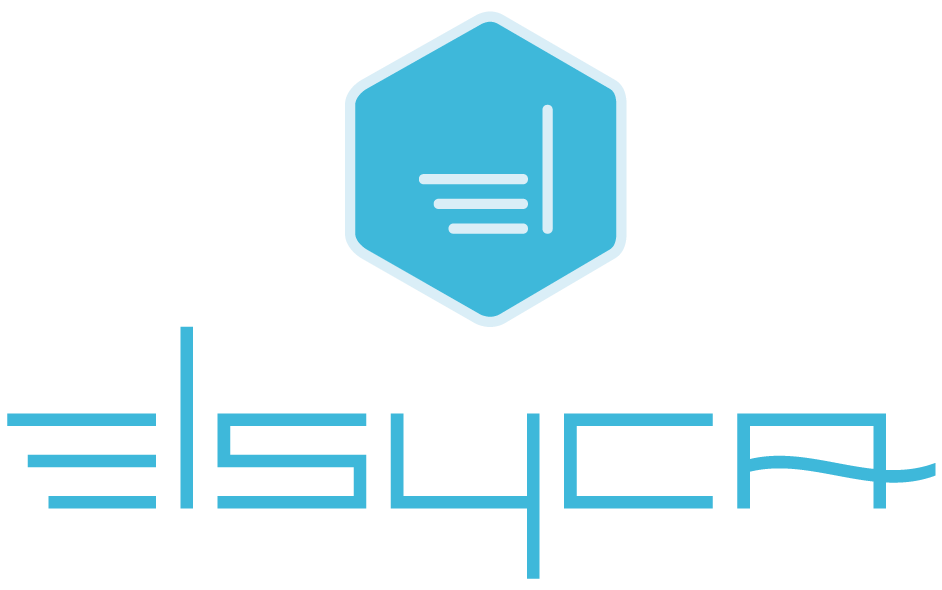
Decorative Chrome Plating
Blog Post
Introduction
Decorative chrome plating is a widely used process for automotive parts (door handles, fog light bezels, wheels and grilles,...) and domestic appliances (such as shower heads, faucets and light fittings,...).
From the OEM perspective, the challenge is to achieve the right balance between aesthetics and function, that is, ensuring a quality coating with no defects but staying mindful of the costs and not overplating and wasting metals. Chrome plated parts range from small emblems to large-size grilles presenting a huge variation in geometrical complexity. The throwing power of the copper, nickel and chrome plating baths ranges from reasonable to very poor. The combined effect leads to a danger of overplating (hence excessive metal consumption) and quality issues near sharp edges, while in the recesses the copper, nickel, and chrome layers get very thin, leading to nickel show, and in-field corrosion and warranty issues.
Elsyca has developed a unique technology that accurately predicts the thickness distribution of each metal layer – no matter the complexity of the component. This allows the process and tooling to be optimized to control costs and quality.
Automotive parts and domestic appliances
Decorative chrome plating is widely used in the automotive industry for internal and external trim such as handles, fog light bezels, trunk trim, decals, wheels and grilles. Also for domestic appliances chrome plating is common, for a variety of parts ranging from shower heads to light fittings. A distinction can be made between chrome plating of metal and plastic parts. The latter is commonly denoted as PoP (Plating on Plastics) and involves a more complex process sequence, starting from activation of the plastic substrate (often ABS), electroless nickel or copper seed layer plating continuing with the electrochemical copper, nickel and chrome plating steps. In general, metal substrates do not need the activation and electroless seed layer process steps, nor the copper plating steps.
Depending on the nickel process steps being applied, a bright, satin or black chrome finish can be obtained. The final chrome plating step often involves a hexavalent chromic acid bath, but due to the hazardous nature of the hexavalent chromium ions, a gradual shift towards trivalent chrome plating baths is ongoing in the surface finishing industry.
The components to be chrome plated show a huge variation in scale and geometrical complexity. This leads to significant challenges in mass production. The throwing power of the different copper, nickel and chrome plating baths in the process sequence ranges from reasonable to very poor. As a result the electrical current over an explicit geometric shape of a single component will distribute itself according to its shape, increasing near sharp edges and dropping off on large surfaces areas and recesses. High current density values lead to over plating (hence excessive metal consumption) and all sorts of layer quality issues (rough deposits, pitting, nodular deposit growth, chrome burn) whereas low current densities result in thin copper and nickel layers that may later lead to corrosion and warranty issues. For this reason automotive OEM standards specify minimum copper, nickel and chrome layer thickness values. Failing to meet these specifications will inevitably lead to considerable scrap rates.
Elsyca's solution
Elsyca's Advanced Engineering Services (AES) for decorative chrome plating are manifold, starting with the laboratory characterisation and sensitivity analysis of the different copper, nickel and chrome plating baths as applied in the process sequence,
A single part plateability analysis is a very quick analysis process that can be adopted by an OEM to decide whether any design changes might still enable the part to be plated within specifications, or by the supplier to identify technical risks in bidding for production (e.g the possible need for on-board current robbers or the use of auxiliary anodes – which can of course impact the project price and lead time).
A plating feasibility analysis provides a fast plating performance analysis of a part and tooling configuration as specified by the customer, for a rack that is either intended to be build, or that is running in a test phase or in production.
A Computer Aided Engineering (CAE) project for the decorative chrome plating process of a specified part program aims to deliver the best possible part configuration and load on a rack. In addition tooling components are defined and optimised. These will often include an integrated configuration of shields, current robbers and / or conforming anodes. The Computer Aided Engineering (CAE) uses computer simulations to accurately determine the current density and layer thickness distribution over the parts. The tooling configuration is iteratively improved based on these simulations results while accounting for all possible practical restrictions with respect to manufacturability, hardware cost and maintenance issues. For plastic parts a CAE project can also encompass the analysis and engineering of the contact clip arrangement of a part.
Simulations are based on Elsyca's commercially developed software PlatingMaster for the current density and layer thickness distribution predictions. For projects that involve the CAE of an optimised tooling configuration, can also deliver the CAD of the entire rack skeleton, including technical drawings and Bill of Materials.
